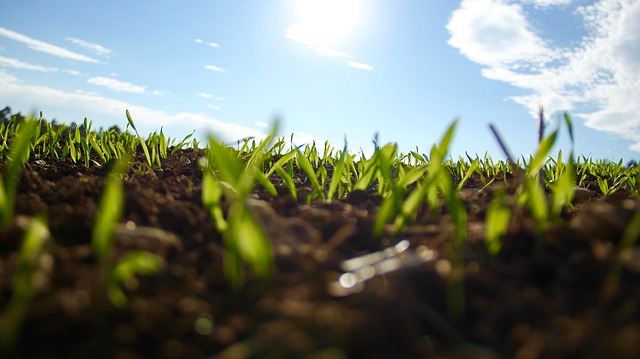Best Soil For Potatoes In Containers
by Jerry Mac
Posted on 06-07-2021 03:44 PM

What Is the Best Container Gardening Soil?
Many people wonder, "What is the best soil for container gardening?" when they first begin container gardening. One of the most common mistakes people make when establishing container gardens is failing to invest in high-quality potting soil. Consider the potting soil in your container garden to be the primary source of nutrition for those plants. Feeding your plants low-cost, non-organic soil from a large corporation is akin to feeding your body junk food. It will only get you so far before you start feeling awful.
So, what is the best soil for container gardens? One that contains organic nutrients and can drain efficiently while keeping the soil's moisture and ph balances in check.
Most potting soil lacks readily available nutrients for your plants, necessitating their supplementation. The vast majority of plants will require fertilizer to grow, which must be applied to your soil. Potting soil can be amended with a slow-release fertilizer. To accomplish this, either mix a large amount of potting soil with fertilizer in a bucket or fill your pot with potting soil before adding the fertilizer.
It is not a good idea to fill your pots with dirt from your garden or purchased dirt. Fill the containers with a moisture-retaining, compaction-resistant container potting mix. I usually add a heaping spoonful of granular organic fertilizer and a shovelful of compost.
It is critical to choose the appropriate soil for your container garden. A container garden's soil should be light and fluffy. Because roots require oxygen, sufficient water retention, and drainage, it should not be too thick or tightly packed. I recommend organic potting soil and/or container compost.
The more potting soil you have, the better off you will be.
Look for an organic potting mix designed for large outside containers. According to bh&g, organic mixes give the best taste fruits and vegetables.
Potting soil should be free of disease organisms, insects, and weed seeds. It should be porous while yet storing water and nutrients and have a slightly acidic ph. Do not use native soil, even if it can be pasteurized. The majority of natural soils have a high percentage of clay particles, which compress quickly and decrease the amount of oxygen available to the roots. Purchased potting soil can contain pasteurized soil, sphagnum peat moss, vermiculite, perlite, and composted manure.
What about soilless blends? Are they appropriate for container gardening?
Certain soilless mixes used for container gardening do not contain fertilizers. In this case, you'll need to replenish trace elements that plants normally obtain from garden soil. Over time, these salts can build in potting medium as well as porous container materials like as terra cotta. Wash permeable pots with a 10% bleach solution before planting to remove salt accumulation from previous harvests.
Container plants prefer potting soil to garden soil, which compacts easily. Weed seeds, bugs, and other animals that you don't want in your containers are common in garden soil. Look for a light, fluffy mix with enough organic material to store water and nutrients. You can buy ready-made potting soil or make your own.
Increase the quantity of soil
Here are our recommendations for which vegetable types are container-friendly, as well as which container styles work best for each vegetable. For supplies, all you need is a suitable container, a suitable soil mix, and a suitable seed (or transplant) variety. In addition to providing 5 hours or more of direct sunlight, watering is essential. As previously stated, you may need to water once or twice a day; in hot weather, the soil can quickly dry out. The good news is that weeding will be reduced! Containers, in general, are low-maintenance.
How to Get the Best Container Gardening Soil with the Right Ph Levels
When planting directly in the ground, test the soil to ensure that the ph level is suitable for the plants you want to grow. If it isn't compatible, you'll have to change the soil. This isn't an issue if you're planting in containers. Simply use the best potting soil for container gardening and a slow-release fertilizer to produce the optimum soil condition for your potted plants. Soil-borne illnesses pose no significant threat.
As previously said, providing optimum growth conditions for a container is straightforward. You may fill your pots with appropriate soil and move them to the appropriate areas to meet their needs. Because plants are in pots, you also make it difficult for pests and diseases to rule them. This equates to optimal growth conditions. Starting with the best container gardening soil is the greatest way to lay the groundwork.
